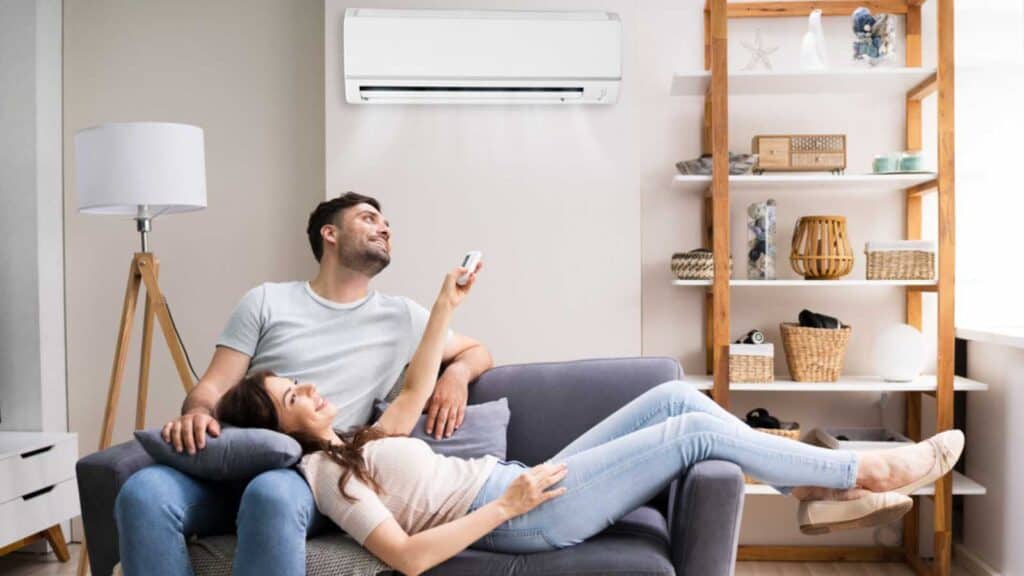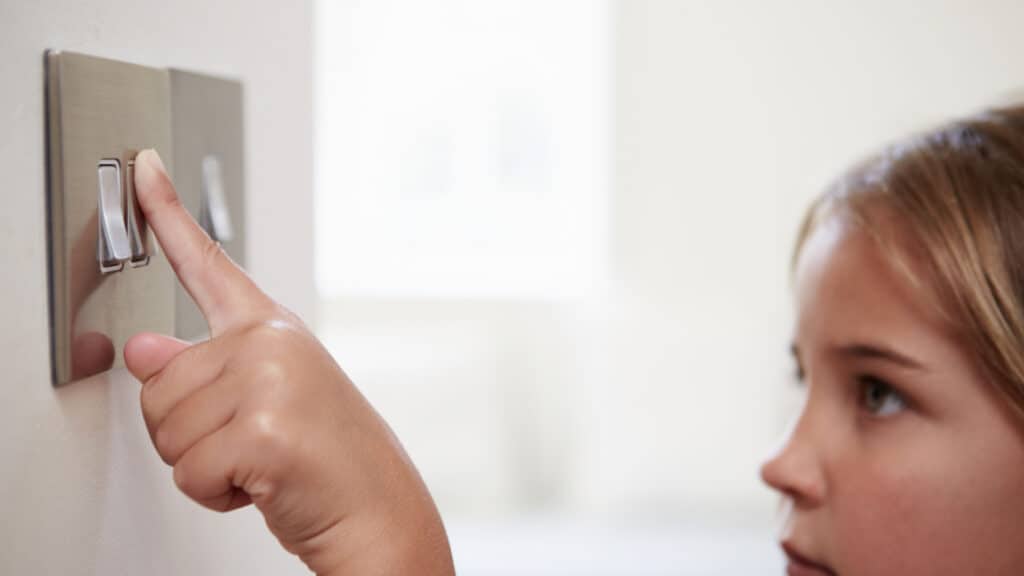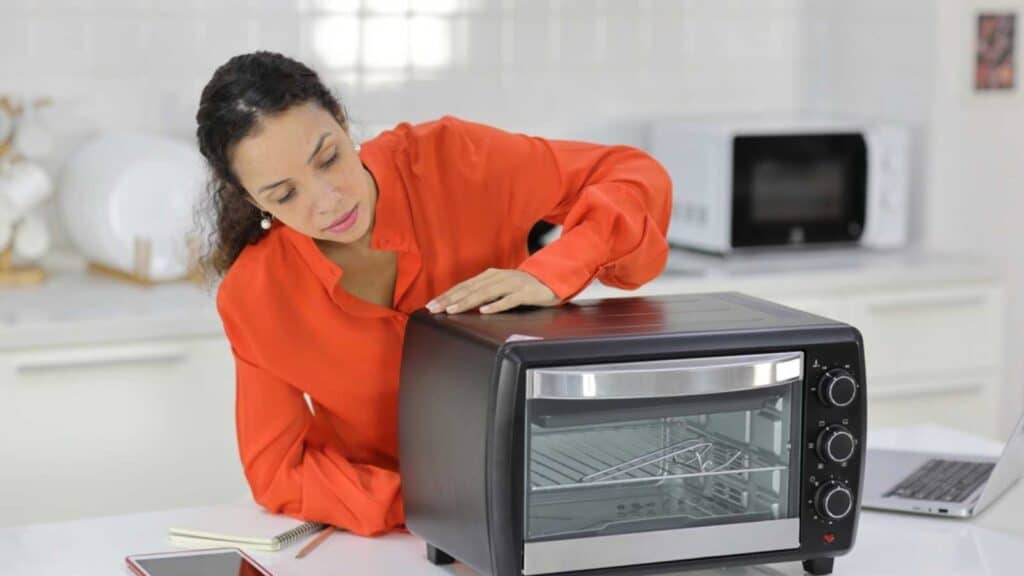Out of all the household utilities, electricity causes the most headaches and one of the biggest dent in consumers' wallets. However, electricity is a necessity that makes life comfortable since so many devices around the home require it.
There are ways to lower electric service charges. The first step is to know which household items use the most electricity. With this information, consumers can take measures to save money while remaining plugged in.
1. Space Cooling

Living in a state that's hot most of the year or has sweltering summers is bound to be miserable without space-cooling devices. Box, floor, table, and ceiling fans utilize relatively little electricity. Wall and portable air conditioning units are the culprits, using 16.2% of home energy.
2. Space Heating

Anyone in a region experiencing cold weather will, at some point, use a space heater to warm a specific room or space within a house. While this may be cheaper than a central heating source that heats the entire house, space heaters are responsible for 15.9% of a household's electric bill.
3. Electric Water Heaters

If bathing in or washing dishes in cold water sounds unappealing, then it's easy to see why an electric water heater is important. Electric water heaters are bound to increase an electric bill because they are frequently used. According to the Energy Information Administration (EIA), electric water heating systems account for 11.4% of residential electricity consumption.
4. Washing Machines

A clothes washer in the home isn't necessary, but it's nice to have one. The convenience of having one sure beats lugging days' worth of clothing to the neighborhood laundromat. But if a washing machine is used more than a couple of times a week, energy costs can noticeably increase.
5. Clothes Dryers

A clothes dryer is also a convenient appliance in the home and goes hand-in-hand with a washing machine. Because these machines are tasked with drying loads of wet, heavy clothes, they use more electricity than washing machines. The more clothes dryers are used, the more energy is consumed.
6. Lighting

People have been asked to turn off the lights in empty rooms at one time or another, and there's a reason for this. Residential lighting equates to 4.4% of electricity consumption in the home. If lights are on in empty rooms, electrical costs are unnecessarily increasing, mainly if incandescent bulbs are used.
7. Refrigerators and Freezers

Refrigerators and freezers are the powerhouse appliances in any household. Unlike many other household devices, they must be kept on all the time to prevent food from spoiling. They're also responsible for 6.9% of energy use, more than any other kitchen appliance. Many people don't own a chest freezer but have a refrigerator they heavily rely on, but they still require a lot of energy to perform optimally.
8. Televisions and Equipment

Televisions, particularly high-definition TVs (HDTVs), require a decent amount of electricity, especially if turned on for more than four hours a day. The bigger the screen, the more electricity it consumes. Television equipment, like DVRs and cable boxes, also utilizes more energy than many realize: TVs and their related equipment use 3.5% of household electricity.
9. Computing Devices

Devices like desktop computers, plugged-in laptops and tablets, and gaming consoles account for about 2.3% of a home's power usage. With features like intricate graphics and live content streaming, gaming consoles demand a lot of energy. This may not sound like much, but it can add up each month.
10. Power Tool Chargers

Electronic device chargers, such as those used for laptops, tablets, and smartphones, are often thought to use the most household energy, even when not charging actively. In reality, newer computing device chargers use less energy than the ones used for power tools. Older model battery chargers for power tools use the most energy, even when idle.
11. Microwaves

Like washers and dryers, microwaves consume more electricity when used frequently. While microwaves are handy for warming up food and cooking smaller dishes, using them for more than a few minutes a day can lead to a higher electric bill. The size of a microwave oven also matters: larger ones require more electricity.
12. Electric Ovens and Stoves

Using an electric oven and stove for baking and cooking uses more energy than a microwave oven. Plus, not all foods can be made in a microwave and turn out edible, making stoves necessary. Regular use of an electric oven and stove takes up some energy, but it's the self-cleaning feature that can triple or even quadruple the amount of electricity utilized.
13. Dishwashers

If washing dishes in a sink is a dreaded chore, dishwashers are the solution. Modern dishwashers are more efficient than older ones. However, they still need a lot of electricity to run since they require hot water to clean and sanitize dishes. If a dishwasher is active for more than five hours a week, that can lead to higher electric costs.
14. Hair Dryers

Surprisingly, handheld hair dryers are high-energy devices. The amount of electricity they consume depends on the number of watts: the higher the wattage, the more energy they need. The frequency of hair dryer use also influences electric use, especially if one is operated daily.
15. Clothes Irons

A clothes iron is such a relatively small device that it's hard to believe it uses a significant amount of electricity. If it's only used occasionally, it won't make much of a difference on an electric bill. But if it's used fairly often and for extended periods of time, it can consume quite a bit of power.
16. Vacuum Cleaners

There are several models of vacuum cleaners in the market, including stick, robot, handheld, upright, and canister types. The two using the most electricity are the upright and canister models, with the upright model using less power than canister vacuums. The size, wattage, features, and frequency of use all factor into the energy needed to run canister vacuums, also known as barrel vacuums.
Energy Saving Tips

It isn't necessary to unplug every electrical device in the house that's not in use, but there are some steps you can take to help reduce electricity usage and, in turn, lower your power bills. Buying energy-efficient appliances and LED televisions reduces power usage.
Washing clothes in cold water, line drying laundry, and using a wrinkle-release spray instead of ironing clothes for hours at a time require less to zero wattage. Replacing hair dryers with towels to dry hair also contributes to lower electric bills. Give these tips a try, and watch out for tangible savings!
10 Frugal Ways to Stay Cool Without A/C

Are you tired of the hefty electricity bills that come with air conditioning? It makes sense, though – as electricity rates skyrocket, so does the cost of cooling your home. But the question is – what can you do if you don't have air conditioning?
10 Frugal Ways to Stay Cool Without A/C
12 Small Ways to Stop Wasting Money Around The House

Do you constantly wonder where your money goes each month? You're not alone. Many of us find that our hard-earned cash seems to vanish, often on small things around the house we don't even notice. But don't worry, there's a solution! In this article, we will share 12 small changes you can make in your daily routine that could lead to big savings.
12 Small Ways to Stop Wasting Money Around The House







